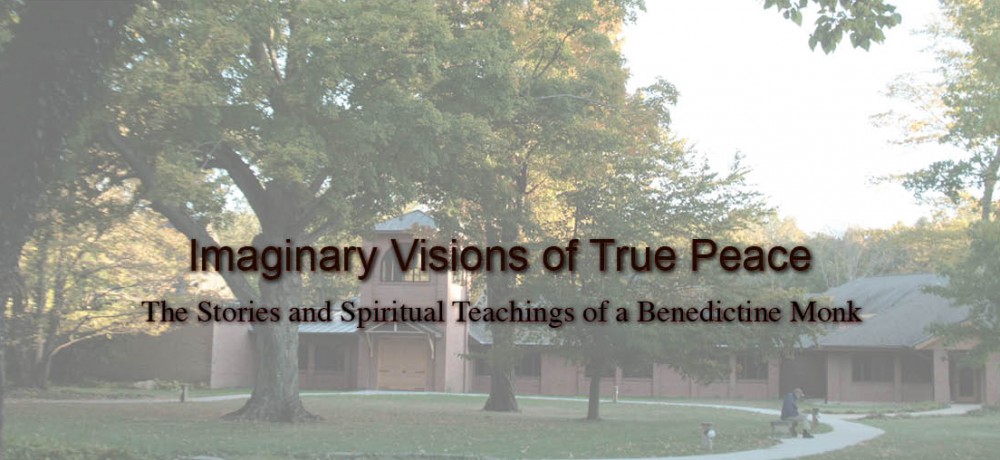 On the Feast of All Saints we are often encouraged to look up to the saints as models. Usually we point to St. Benedict or St. Francis and say: Follow his example. However, this feast is actually about us, the ordinary saints who didn’t make the cut for canonization in the Catholic Church or the Anglican calendar.
On the Feast of All Saints we are often encouraged to look up to the saints as models. Usually we point to St. Benedict or St. Francis and say: Follow his example. However, this feast is actually about us, the ordinary saints who didn’t make the cut for canonization in the Catholic Church or the Anglican calendar.
That is to say that this feast draws our attention to what we model to each other and what we do with what is modeled to us by others. René Girard has given us much insight into this matter. He is well aware, of course, of the importance of setting good examples in our actions but his concept of mimetic desire takes us much deeper into what modelling is really about. We do not just copy each other’s’ actions, we copy each other’s desires. We tend to desire what we see other people desiring. In this way, other people are constantly acting as models for us, usually without realizing it. Likewise, we are models to other people through what we desire. Putting it this way raises the question of who models to whom. This is actually a chicken and egg kind of question, especially since this whole process is usually unconscious. We are usually more conscious of what we desire then what we pick up from another person’s desire. The result is that we each thing we desire what we desire and we claim ownership of that desire.
Girard has demonstrated how this copying of each other’s desires, what he calls mimetic desire, can easily lead to rivalrous situations. This is especially true with things that cannot be shared. But once mimetic desire has become mimetic rivalry, it seems that nothing can be shared. So it is that Cain and Abel and Isaac and Jacob fought over blessings, thinking that blessings couldn’t be shared, and this after God had made Abraham a blessing for everybody. In scenarios of mimetic rivalry, each person is the model for the other, but a model who also has become an obstacle. This is a tight situation where at least one person loses. Actually, many lose in the crossfire of this kind of rivalry.
There is a different kind of modelling and that is what this feast calls our attention to. Jesus modeled behavior that was never rivalrous but was always expansive and generous. In this, Jesus was modelling his heavenly Father’s Desire which also is expansive and generous. To be a saint is to imitate Jesus but it isn’t primarily a matter of external imitation. To model ourselves on Jesus means to model ourselves on Jesus’ desires. If we want what Jesus wants, we find ourselves wanting the good of other people. To begin with, we realize there are plenty of blessings to go around and we want to be blessings to other people the way Abraham was made a blessing for everybody by God.
There is an element of choice in whom we choose as our models. The disciples, for example had Jesus modelling non-rivalrous desire right before their eyes but they still modeled to each other rivalrous desires as to who was the greatest. We all know how easy it is to be caught up in rivalry so that we are tied up in knots over it with no escape unless someone else comes along to untie the knots. Untying the knots for other people is one way to model Christ. Such people have to be pretty good at not getting tied up in knots themselves to be good at it. This is one of the qualities of saints such as Benedict and Francis who provide models in generous desiring. Those of us who follow them, when at our best, or at least not our worst, are individual variants of their personalities.
René Girard said that when he first met Raymund Schwager, a theologian who worked fruitfully with Girard’s ideas for many decades, he said that Raymund made him doubt his theory because Raymund had no mimetic rivalry in him. That was my experience with him as well. The professors at Innsbruck who studied under him show the same qualities. Not only do they imitate Schwager’s thinking but they also imitate his desires for the good of other people. This is how we can be saints in ordinary ways in our ordinary lives.




